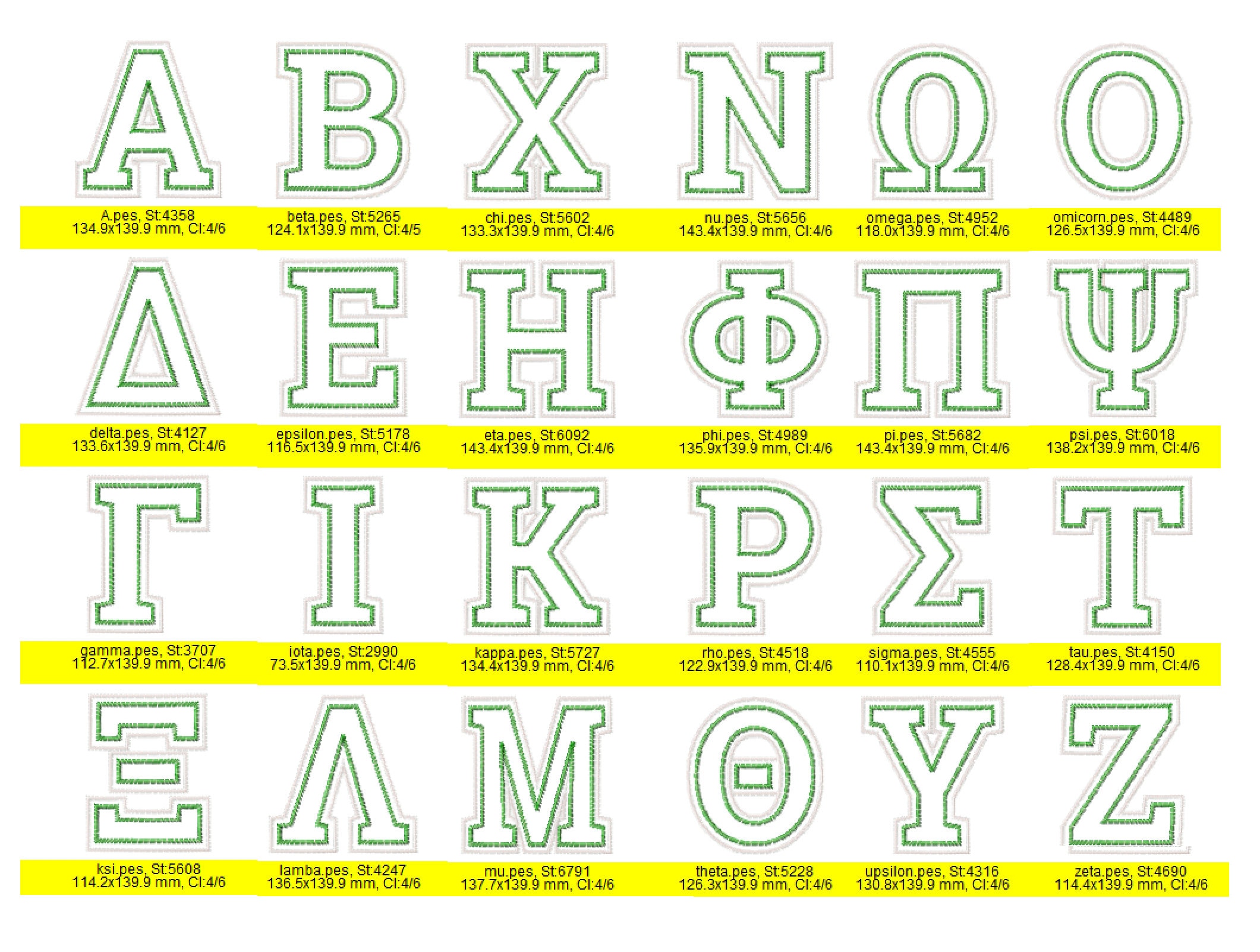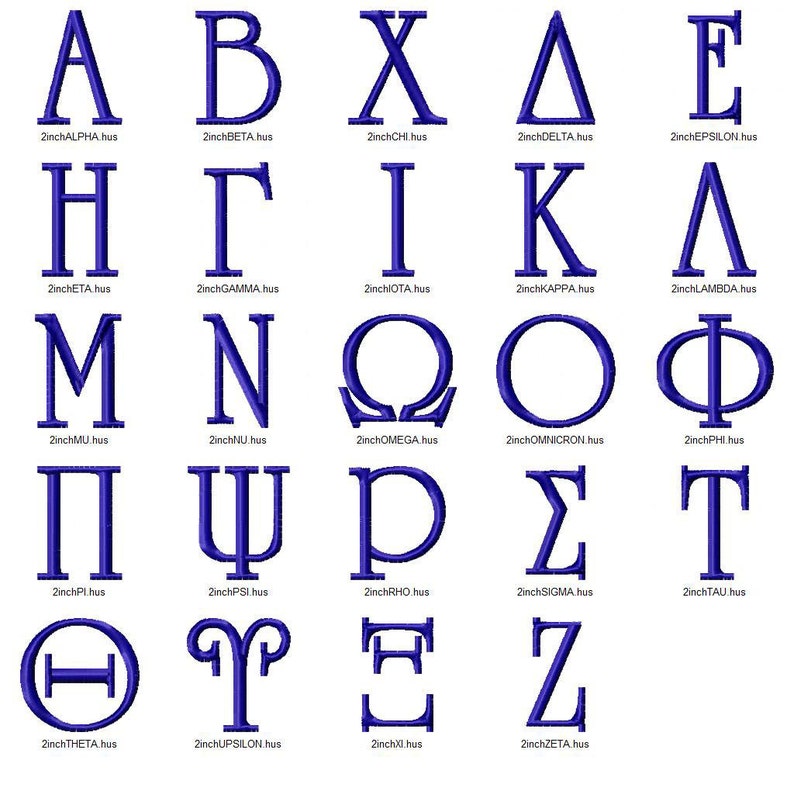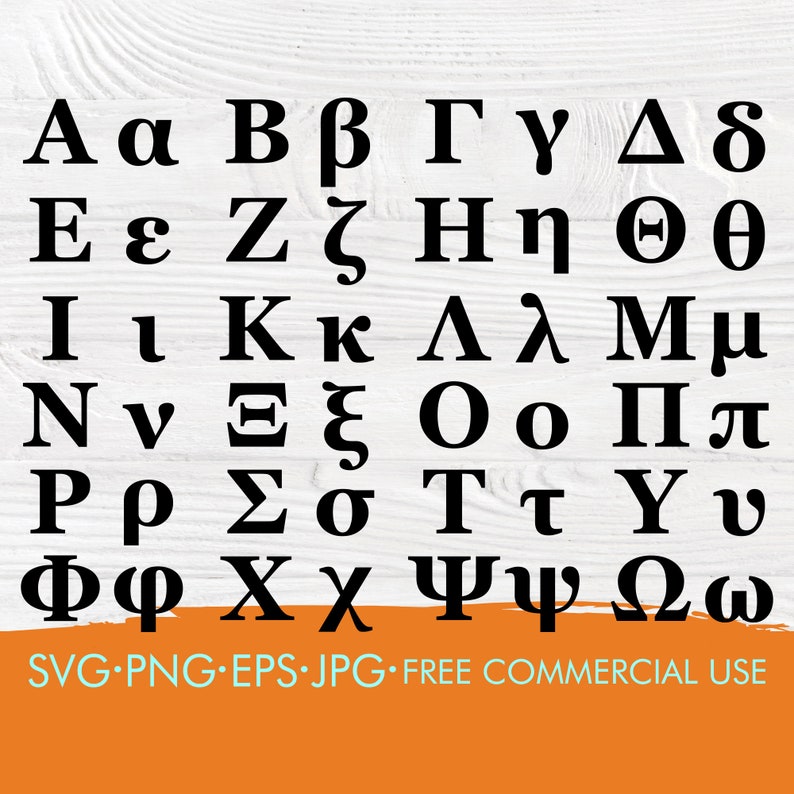

Think of the letter “a” in “ apple”, “b all” and “fl akes” – it sounds very different! Here’s why: in English, the same letter can be pronounced in many different ways. This is because in terms of pronunciation, Greek is very straightforward when compared to English, French or other languages.
#HOW TO GET GREEK LETTERS MAC HOW TO#
Once you’ve learnt how to read and pronounce each individual letter and letter combination in the Greek alphabet, you can more or less read and pronounce ANY Greek word! There are vowel combinations, marked in red in the table below, and consonant combinations, marked in black.Īs the Greek alphabet doesn’t have letters for the sounds “b”, “d”, “g”, “j” and “ch”, we use the consonant combinations above. Letter combinations in GreekĪpart from the 24 letters of the Greek alphabet, we also have a few letter combinations. Here’s a short video with the Greek alphabet. Here it is:Īlpha, veeta, gamma, delta, epsilon, zeeta, eeta, theeta, giota, kappa, lamda, mee, nee, xee, omikron, pee, roh, sigma, taf, ipsilon, fee, hee, psee, omega. However, most people will learn parts of it sooner or later. Memorizing the way we read out the alphabet won’t necessarily serve any purpose if all you want is to be able to read a couple of road signs when you visit. This causes some confusion among visitors trying to learn a few words in modern Greek. This is not to say that letters that look the same in both alphabets are always pronounced the same. So, for example, our letter B is pronounced like the letter V in English. Take for example pi (π), tau (τ), sigma (Σ) or delta (Δ).

However, you may recognize some of them from your Sciences classes. Some Greek letters do not exist in any other language. You are already familiar with the letters A, B, E, Z, H, I, K, M, N, O, P, T, Y and X. Given that the Greek alphabet was an ancestor of all European alphabets, learning to read it isn’t as difficult as you might think.Īs you have seen above, most of our uppercase letters also exist in the English / French alphabet. Ω / ω > “o” as in “ orange” How to read Greek Χ / χ > “ch, h” almost as in “ hit” (a bit harsher) Γ / γ > “y” as in “ yes” (it’s also close to the French “ r”) The Greek alphabet has 24 letters, of which 17 are consonants and 7 are vowels (marked in red below). You might be surprised to know that all modern European alphabets are actually based on the Greek alphabet. This means that modern-day Greeks can actually read the letters on ancient Greek inscriptions. It took its present form thousands of years ago, during the late 5th century BC, and never changed since. The Greek alphabet was originally derived at around 1,000 BC from the Phoenician alphabet, which in turn descended from the North Semitic alphabet. Read on to find out more about the Greek alphabet and the way words are pronounced! Short history of the Greek alphabet And if you remember your Maths classes, you may recognize some other Greek letters, like pi (π) or tau (τ).

Many of the letters are similar to the Latin letters you might be more familiar with. This is what most people say when they try to read the Greek alphabet for the first time. I will also show you 20 Greek words that you will find useful! In this basic Greek for beginners article, you can find everything you need to know about the Greek alphabet.


 0 kommentar(er)
0 kommentar(er)
